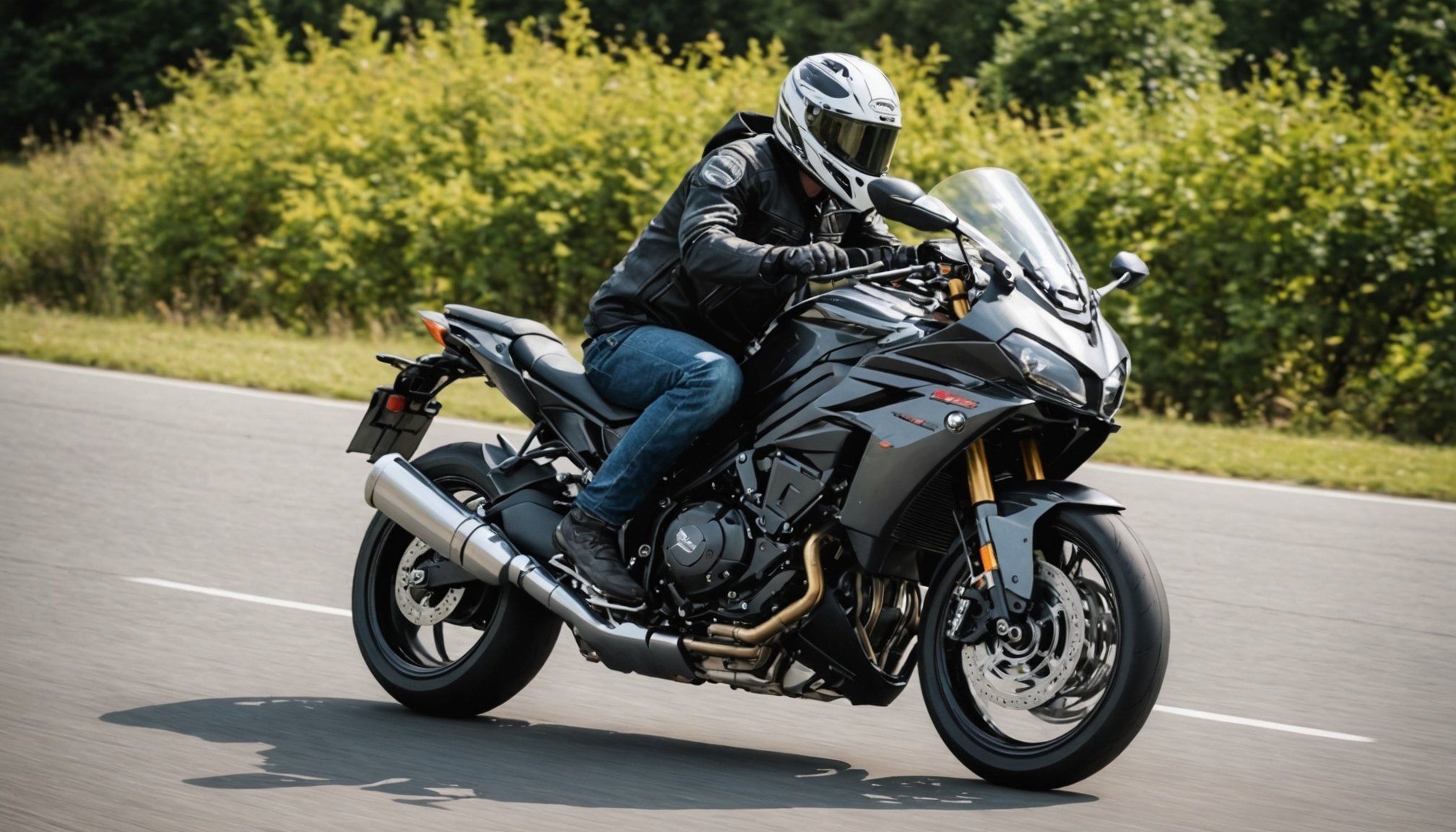Buying a motorcycle is an exciting venture, but it can also be daunting. You want to make sure you’re investing in a bike that not only meets your riding needs but also is in good condition. Assessing a motorcycle’s performance before buying it is crucial. This article will guide you through the essential aspects to check, ensuring that you make a well-informed purchase.
Understanding Motorcycle Condition
Before you make a purchase, it’s essential to assess the condition of the motorcycle. Look at both the engine and the body. Check for any signs of wear, such as rust spots or scratches, which can indicate neglect. A well-maintained bike will show fewer signs of wear and tear.
Also to read : What are the best routes for scenic motorcycle rides in the UK?
Start your assessment by inspecting the engine. Make sure there are no oil leaks; a clean engine suggests good maintenance. Check the oil level and quality; dirty oil can indicate that the previous owner did not follow proper maintenance schedules. Additionally, listen to the engine while it’s running. Any unusual sounds could be red flags.
Next, evaluate the body of the motorcycle. Look for cracks in the frame or excessive corrosion. Accidents can compromise the structure, so a thorough visual inspection is vital. Make sure to check the tires as well; they should have adequate tread and no visible damage.
Also to discover : What essential gear should you invest in for safe motorcycle riding?
Ultimately, understanding the condition of the motorcycle helps you gauge how much future maintenance it might require. A poorly maintained motorcycle could lead to costly repairs down the line.
Questions to Ask the Seller
When you’re considering buying a motorcycle, asking the right questions can make all the difference. Be proactive in getting information from the seller. Start by inquiring about the bike’s history. Ask how long they’ve owned it and why they’re selling. A sudden sale can sometimes be a red flag.
Inquire about any previous accidents. If the bike has been in a collision, it could affect its performance and safety. Additionally, ask about the maintenance history. A well-documented service history indicates that the bike has been cared for properly.
Consider asking about the motorcycle’s insurance history as well. A bike that has had numerous claims could suggest underlying issues. If possible, get a copy of the insurance records. They can provide insights into the motorcycle’s past incidents.
Moreover, ask about any modifications made to the bike. Sometimes, aftermarket parts can enhance performance, but they can also complicate things if they are not professionally installed. Understanding how the motorcycle has been altered is crucial for assessing its overall value.
Performing a Test Ride
A test ride is one of the most effective ways to assess a motorcycle’s performance. Before you hop on, ensure you’re wearing the proper riding gear. Safety should always come first. A good test ride will allow you to get a feel for how the bike handles.
During the ride, pay attention to the engine performance. How does the bike accelerate? Does it shift smoothly? Listen for any strange noises that may indicate mechanical issues. Also, check the brakes. They should feel responsive and secure, with no grinding or squeaking sounds.
Take note of the motorcycle’s handling. It should feel stable and easy to maneuver, especially when turning. If the bike feels heavy or unbalanced, it could be a sign of underlying issues. Moreover, consider how comfortable you feel while riding. Your comfort level can significantly impact your overall riding experience.
After the ride, don’t forget to inspect the bike again. Look for any leaks that might have appeared during the ride. Evaluating the motorcycle through both observation and experience will give you a comprehensive view of its condition.
Long-term Maintenance Considerations
When purchasing a motorcycle, consider its long-term maintenance needs. Every bike has its unique requirements, and understanding these can help you prepare for ownership. Start by reviewing the owner’s manual for specific maintenance schedules, including oil changes, tire rotations, and brake inspections.
Some motorcycles require more frequent maintenance than others, especially high-performance models. It’s vital to consider whether you’re willing and able to commit to this upkeep. Factor in the costs of regular servicing, parts replacement, and potential repairs when budgeting for your motorcycle purchase.
Additionally, consider the availability of parts. Popular models often have easily accessible parts, while niche bikes may require more effort to source replacements. This ease of access can significantly affect your maintenance experience.
Lastly, think about joining a motorcycle community or forum. Engaging with other riders can provide invaluable tips on maintenance and support for issues you may encounter. Ultimately, maintaining a motorcycle is part of the ownership experience, and being well-informed can enhance your enjoyment of your new bike.
Assessing a motorcycle’s performance before making a purchase is essential for ensuring you find a bike that meets your needs and is in good condition. By carefully evaluating the condition of the motorcycle, asking the right questions to the seller, performing a thorough test ride, and understanding long-term maintenance needs, you can make a well-informed decision. Always remember that a little diligence upfront can save you from costly repairs and enhance your riding experience. Happy riding!











